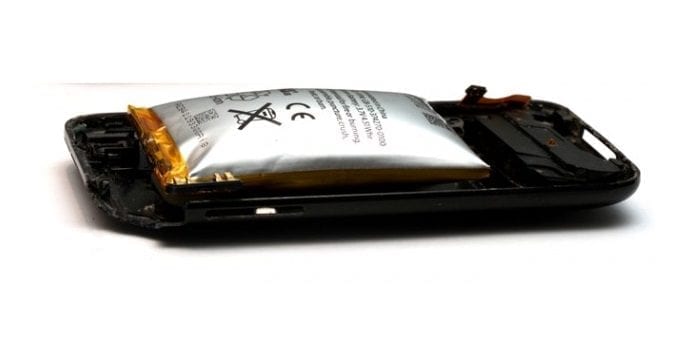Researchers show degradation of disposable lithium batteries in real-time
A University College London (UCL) led team have tracked how disposable Lithium batteries degrade in real-time using High-Speed Operando Tomography and Digital Volume Correlation during normal use. The new method will enable scientists to non-invasively monitor performance loss of lithium batteries and guide the development of more effective commercial battery designs.
The team used the same technique that was previously used to show how rechargeable Lithium-ion batteries fail when they are exposed to extreme levels of heat. However, this is the first time the extent of day-to-day damage of disposable Lithium batteries has been shown.
The study was carried out after there was a call from investigators of fire in August 2015 for a safety review of all lithium battery-powered equipment on planes after a fire on board grounded Boeing 787 Dreamliner at Heathrow Airport in 2013.
The fire took place due to the plane’s disposable Lithium battery-powered emergency locator transmitter that sends out a radar signal to trace missing aircraft. The system is aimed to work indefinitely until the aircraft is found but the results show the batteries may not be as strong as they appear.
Published in Advanced Science, the study by UCL, Lund University, The European Synchrotron (ESRF), University of Manchester, Harwell Oxford, Oregon State University and the National Physical Laboratory, shows in real-time, the internal structural damage caused to batteries working under normal conditions.
The team located different types of wear and tear that leads to performance loss and associated this wear to design features of the commercial battery, using cutting edge X-ray imaging techniques at ESRF.
Donal Finegan (UCL Chemical Engineering), first author and UCL PhD student said: “On the outside, the batteries look like they are doing their job normally but inside we saw the structure was undergoing great change. Electrical activity was high in some areas of the cell, whereas it was low in others; layers of electrode material separated and cracked. All of these changes in structure affect the flow of electricity and reduce the performance of the cell.”
Using X-ray computed tomography (CT) and advanced digital volume correlation software, real-time 3D images of active commercial Li/MnO2 disposable batteries were captured. The damage that occurred on the electrodes inside the battery in real-time were displayed by the images forming cross-section time-lapse videos.
Corresponding author, Dr Paul Shearing (UCL Chemical Engineering), said: “Lithium disposable batteries are used for mission-critical systems where recharging is impractical, so understanding the safety and reliability of them is important, particularly given recent high-profile cases where batteries on aircraft have failed. We gained valuable insights that apply to a variety of commercial batteries using this system, showing an effective, non-invasive way for industry to monitor performance and improvements in commercial battery design.”
Donal Finegan, added: “We effectively mapped the activity and strain on the material inside the battery which will help manufacturers predict how a particular battery will perform during operation and over time. We see this is a valuable tool for optimising the material used in commercial batteries, which will improve their resilience.”
